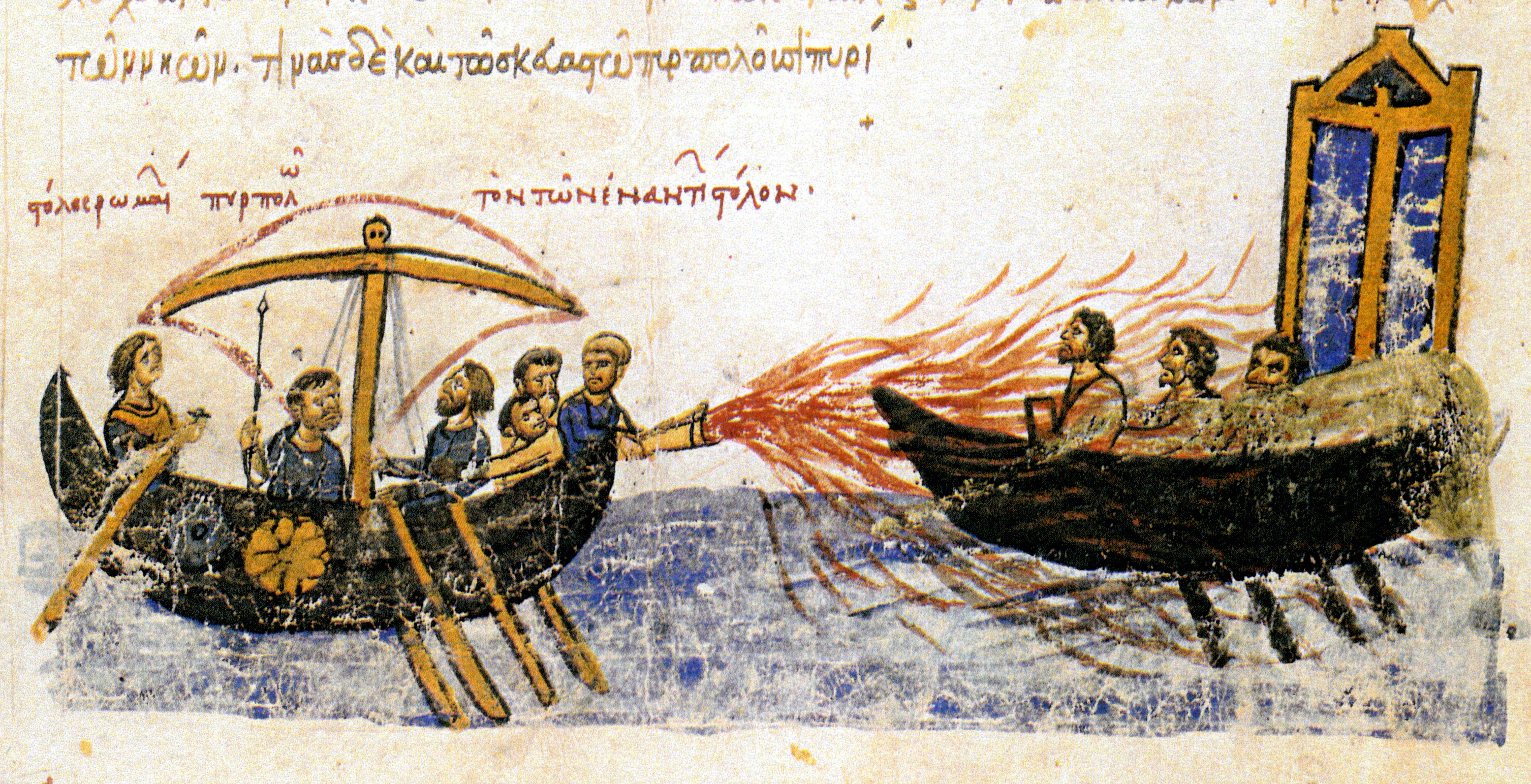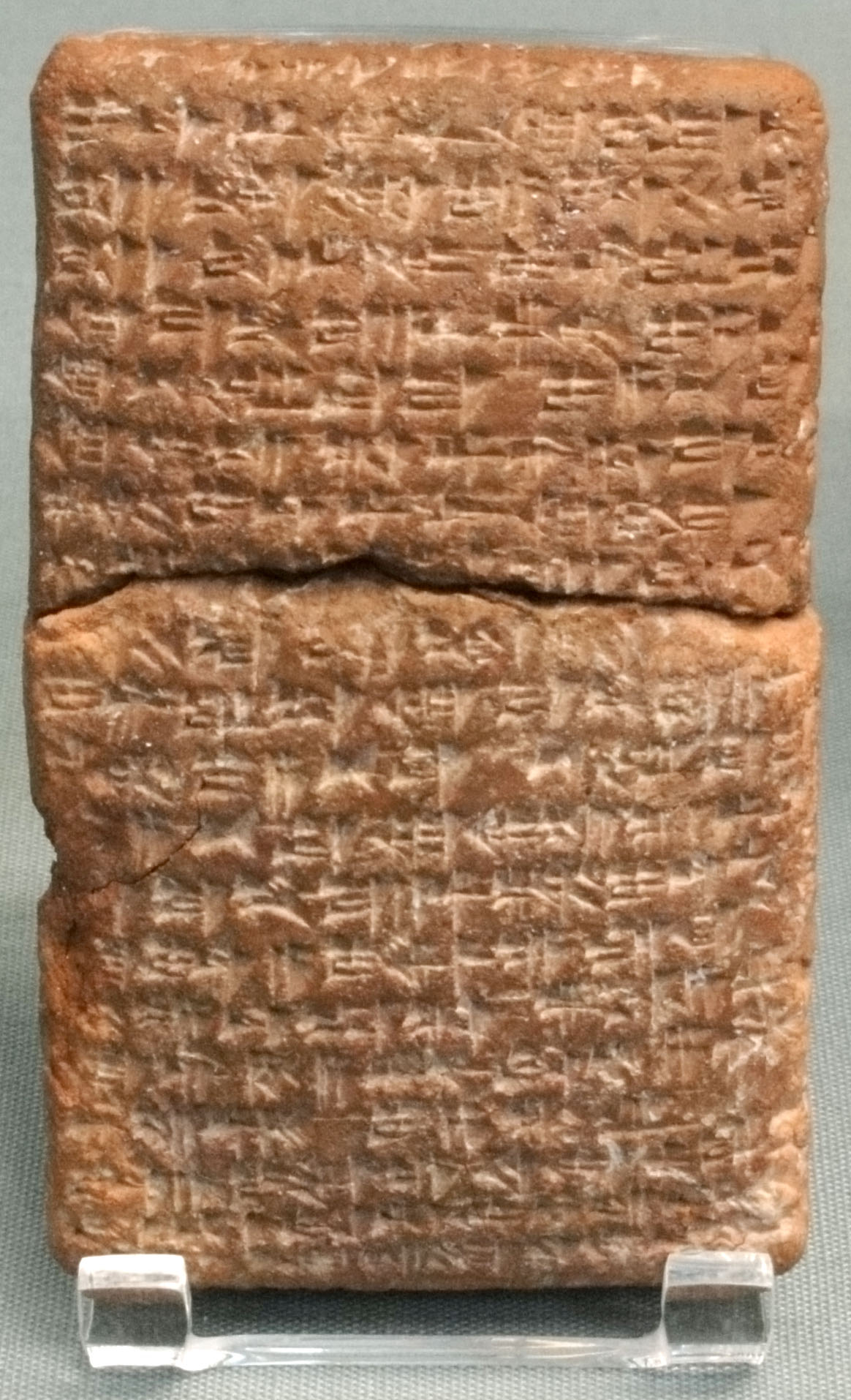|
Kleisoura (Byzantine District)
In the Byzantine Empire, a ''kleisoura'' (, "enclosure, defile") was a term traditionally applied to a fortified mountain pass and the military district protecting it.; . By the late 7th century, it came to be applied to more extensive frontier districts, distinct from the larger '' themata'', chiefly along the Empire's eastern border with the Caliphate along the line of the Taurus- Anti-Taurus mountains (in the West, only Strymon was in its early days termed a ''kleisoura''). A ''kleisoura'' or ''kleisourarchia'' was an autonomous command, under a ''kleisourarches'' (Greek: κλεισουράρχης). Eventually, most ''kleisourai'' were raised to full ''themata'', and the term fell out of use after the 10th century (in late Byzantine times, '' droungos'' had a similar meaning). Its Islamic counterpart in Cilicia and Mesopotamia Mesopotamia is a historical region of West Asia situated within the Tigris–Euphrates river system, in the northern part of the Fertile Crescent ... [...More Info...] [...Related Items...] OR: [Wikipedia] [Google] [Baidu] |
Byzantine Empire
The Byzantine Empire, also known as the Eastern Roman Empire, was the continuation of the Roman Empire centred on Constantinople during late antiquity and the Middle Ages. Having survived History of the Roman Empire, the events that caused the fall of the Western Roman Empire in the 5th centuryAD, it endured until the fall of Constantinople to the Ottoman Empire in 1453. The term 'Byzantine Empire' was coined only after its demise; its citizens used the term 'Roman Empire' and called themselves 'Romans'. During the early centuries of the Roman Empire, the western provinces were Romanization (cultural), Latinised, but the eastern parts kept their Hellenistic culture. Constantine the Great, Constantine I () legalised Christianity and moved the capital to Constantinople. Theodosius I, Theodosius I () made Christianity the state religion and Greek gradually replaced Latin for official use. The empire adopted a defensive strategy and, throughout its remaining history, expe ... [...More Info...] [...Related Items...] OR: [Wikipedia] [Google] [Baidu] |
Al Jazira, Mesopotamia
Al-Jazira (), also known as Jazirat Aqur or Iqlim Aqur, was a province of the Rashidun, Umayyad and Abbasid Caliphates, spanning at minimum most of Upper Mesopotamia (al-Jazira proper), divided between the districts of Diyar Bakr, Diyar Rabi'a and Diyar Mudar, and at times including Mosul, Arminiya and Adharbayjan as sub-provinces. Following its conquest by the Muslim Arabs in 639/40, it became an administrative unit attached to the larger district of Jund Hims. It was separated from Hims during the reigns of caliphs Mu'awiya I or Yazid I and came under the jurisdiction of Jund Qinnasrin. It was made its own province in 692 by Caliph Abd al-Malik. After 702, it frequently came to span the key districts of Arminiya and Adharbayjan along the Caliphate's northern frontier, making it a super-province. The predominance of Arabs from the Qays/Mudar and Rabi'a groups made it a major recruitment pool of tribesmen for the Umayyad armies and the troops of the Jazira played a key mili ... [...More Info...] [...Related Items...] OR: [Wikipedia] [Google] [Baidu] |
Arab–Byzantine Wars
The Arab–Byzantine wars or Muslim–Byzantine wars were a series of wars from the 7th to 11th centuries between multiple Arab dynasties and the Byzantine Empire. The Muslim Arab Caliphates conquered large parts of the Christian Byzantine empire and unsuccessfully attacked the Byzantine capital of Constantinople. The frontier between the warring states remained almost static for three centuries of frequent warfare, before the Byzantines were able to recapture some of the lost territory. The conflicts began during the early Muslim conquests under the expansionist Rashidun Caliphate, part of the initial spread of Islam. In the 630s, Rashidun forces from Arabia attacked and quickly overran Byzantium's southern provinces. Muslim conquest of the Levant, Syria was captured in 639 and Arab conquest of Egypt, Egypt was conquered in 642. The Exarchate of Africa was Muslim conquest of the Maghreb, gradually captured between 647 and 670. From the 650s onwards, Arab navies entered the Medit ... [...More Info...] [...Related Items...] OR: [Wikipedia] [Google] [Baidu] |
Military Units And Formations Of The Byzantine Empire
A military, also known collectively as armed forces, is a heavily armed, highly organized force primarily intended for warfare. Militaries are typically authorized and maintained by a sovereign state, with their members identifiable by a distinct military uniform. They may consist of one or more military branches such as an army, navy, air force, space force, marines, or coast guard. The main task of a military is usually defined as defence of their state and its interests against external armed threats. In broad usage, the terms "armed forces" and "military" are often synonymous, although in technical usage a distinction is sometimes made in which a country's armed forces may include other paramilitary forces such as armed police. Beyond warfare, the military may be employed in additional sanctioned and non-sanctioned functions within the state, including internal security threats, crowd control, promotion of political agendas, emergency services and reconstruction, pro ... [...More Info...] [...Related Items...] OR: [Wikipedia] [Google] [Baidu] |
Types Of Administrative Division
Type may refer to: Science and technology Computing * Typing, producing text via a keyboard, typewriter, etc. * Data type, collection of values used for computations. * File type * TYPE (DOS command), a command to display contents of a file. * Type (Unix), a command in POSIX shells that gives information about commands. * Type safety, the extent to which a programming language discourages or prevents type errors. * Type system, defines a programming language's response to data types. Mathematics * Type (model theory) * Type theory, basis for the study of type systems * Arity or type, the number of operands a function takes * Type, any proposition or set in the intuitionistic type theory * Type, of an entire function ** Exponential type Biology * Type (biology), which fixes a scientific name to a taxon * Dog type, categorization by use or function of domestic dogs Lettering * Type is a design concept for lettering used in typography which helped bring about modern textual ... [...More Info...] [...Related Items...] OR: [Wikipedia] [Google] [Baidu] |
Subdivisions Of The Byzantine Empire
Subdivisions of the Byzantine Empire were administrative units of the Byzantine Empire, Eastern Roman or Byzantine Empire (330–1453). The Empire had a developed administrative system, which can be divided into three major periods: the late Roman/early Byzantine, which was a continuation and evolution of the system begun by the emperors Diocletian and Constantine the Great, which gradually evolved into the middle Byzantine, where the theme system predominated alongside a restructured Byzantine bureaucracy, central bureaucracy, and the late Byzantine, where the structure was more varied and decentralized and where feudal elements appeared. Early period: 4th–7th centuries The classical administrative model, as exemplified by the ''Notitia Dignitatum'', divided the late Roman Empire into Roman province, provinces, which in turn were grouped into Roman diocese, dioceses and then into praetorian prefectures. The late Roman administrative system remained intact until the 530s, when ... [...More Info...] [...Related Items...] OR: [Wikipedia] [Google] [Baidu] |
Bulletin De Correspondance Hellénique
Bulletin or The Bulletin may refer to: Periodicals (newspapers, magazines, journals) * ''Bulletin'' (online newspaper), a Swedish online newspaper * ''The Bulletin'' (Australian periodical), an Australian magazine (1880–2008) ** Bulletin Debate, a famous dispute from 1892 to 1893 between Henry Lawson and Banjo Paterson * ''The Bulletin'' (alternative weekly), an alternative weekly published in Montgomery County, Texas, U.S. * ''The Bulletin'' (Bend), a daily newspaper in Bend, Oregon, U.S. * ''The Bulletin'' (Belgian magazine), a weekly English-language magazine published in Brussels, Belgium * ''The Bulletin'' (Philadelphia newspaper), a newspaper in Philadelphia, Pennsylvania, U.S. (2004–2009) * ''The Bulletin'' (Norwich) * ''London Bulletin'', surrealist monthly magazine (1938–1940) * ''The Morning Bulletin'', a daily newspaper published in Rockhampton, Queensland, Australia since 1861 * ''Philadelphia Bulletin'', a newspaper published in Philadelphia, U.S. (1847� ... [...More Info...] [...Related Items...] OR: [Wikipedia] [Google] [Baidu] |
Karbeas
Karbeas (), also Karbaias (),. was a Paulician leader, who, following the anti-Paulician pogroms in 843, abandoned his service in the Byzantine army and went over to the Arabs. With the aid of the emir of Melitene, Umar al-Aqta, he founded the Paulician principality of Tephrike, which he ruled until his death in 863. During this period he participated alongside Umar in several raids against the Byzantine Empire. Life Karbeas belonged to a Paulician family, and entered into the Byzantine army, rising to the post of '' protomandator'' (senior staff officer) under Theodotos Melissenos, the ''strategos'' (military governor) of the Anatolic Theme. During the first decades of the 9th century, the Paulicians were well established as a numerous and warlike community across Asia Minor, but were seen as heretics by the Byzantine state and consequently suffered on-and-off persecution. Under the leadership of their spiritual and military head, Sergius-Tychicus, they staged a number of rev ... [...More Info...] [...Related Items...] OR: [Wikipedia] [Google] [Baidu] |
Digenes Akritas
''Digenes Akritas'' ( Latinised as ''Acritas''; ) is a medieval Greek romantic epic that emerged in the 12th-century Byzantine Empire. It is the lengthiest and most famous of the acritic songs, Byzantine folk poems celebrating the lives and exploits of the '' Akritai'', the inhabitants and frontier guards of the empire's eastern Anatolian provinces. The acritic songs represented the remnants of an ancient epic cycle in Byzantium and, due to their long oral transmission throughout the empire, the identification of precise references to historical events may be only conjectural. Set during the Arab-Byzantine wars, the poem reflects the interactions, along with the military and cultural conflicts of the two polities. The epic consists of between 3,000 and 4,000 lines and it has been pieced together following the discovery of several manuscripts. An extensive narrative text, it is often thought of as the only surviving Byzantine work truly qualifying as epic poetry. Written in a fo ... [...More Info...] [...Related Items...] OR: [Wikipedia] [Google] [Baidu] |
Cilicia
Cilicia () is a geographical region in southern Anatolia, extending inland from the northeastern coasts of the Mediterranean Sea. Cilicia has a population ranging over six million, concentrated mostly at the Cilician plain (). The region includes the provinces of Mersin, Adana, Osmaniye and Hatay. Name The name of Cilicia () was derived from (), which was the name used by the Neo-Assyrian Empire to designate the western part of what would become Cilicia. The English spelling is the same as the Latin, as it was transliterated directly from the Greek form Κιλικία. The palatalization of c occurring in Western Europe in later Vulgar Latin () accounts for its modern pronunciation in English. Geography Cilicia extends along the Mediterranean coast east from Pamphylia to the Nur Mountains, which separate it from Syria. North and east of Cilicia stand the rugged Taurus Mountains, which separate it from the high central plateau of Anatolia, and which are pierced by a ... [...More Info...] [...Related Items...] OR: [Wikipedia] [Google] [Baidu] |
Mountain Pass
A mountain pass is a navigable route through a mountain range or over a ridge. Since mountain ranges can present formidable barriers to travel, passes have played a key role in trade, war, and both Human migration, human and animal migration throughout history. At lower elevations it may be called a hill pass. A mountain pass is typically formed between two volcanic peaks or created by erosion from water or wind. Overview Mountain passes make use of a gap (landform), gap, saddle (landform), saddle, col or notch (landform), notch. A topographic saddle is analogous to the mathematical concept of a saddle surface, with a saddle point marking the minimum high point between two valleys and the lowest point along a ridge. On a topographic map, passes can be identified by contour lines with an hourglass shape, which indicates a low spot between two higher points. In the high mountains, a difference of between the summit and the mountain is defined as a mountain pass. Passes are o ... [...More Info...] [...Related Items...] OR: [Wikipedia] [Google] [Baidu] |



